Photo Gallery for Amphion floridensis - Nessus Sphinx | 39 photos are available. Only the most recent 30 are shown.
|
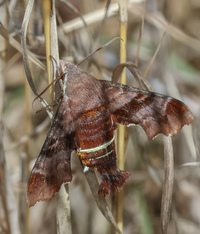 | Recorded by: John Petranka on 2024-04-15
Chatham Co.
Comment: | 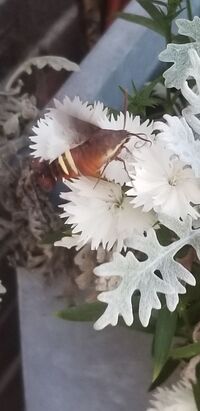 | Recorded by: Laura Graham on 2024-04-15
Gaston Co.
Comment: |
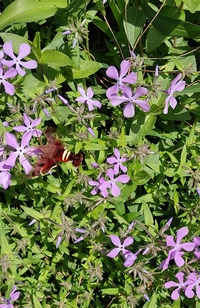 | Recorded by: Mark Basinger on 2024-03-26
Wilson Co.
Comment: | 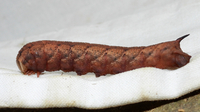 | Recorded by: tom ward on 2023-10-11
Buncombe Co.
Comment: |
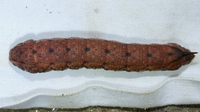 | Recorded by: tom ward on 2023-10-11
Buncombe Co.
Comment: | 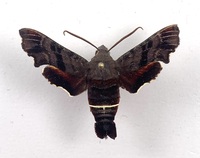 | Recorded by: Richard Teper on 2023-04-12
Orange Co.
Comment: |
 | Recorded by: Richard Teper on 2023-04-12
Orange Co.
Comment: |  | Recorded by: K. Bischof on 2022-08-14
Transylvania Co.
Comment: |
 | Recorded by: K. Bischof on 2022-05-22
Transylvania Co.
Comment: | 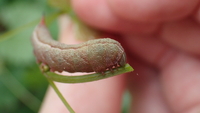 | Recorded by: Erich Hofmann on 2022-04-29
Columbus Co.
Comment: |
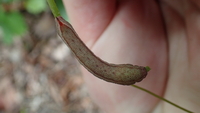 | Recorded by: Erich Hofmann on 2022-04-29
Columbus Co.
Comment: |  | Recorded by: Erich Hofmann on 2022-04-29
Columbus Co.
Comment: |
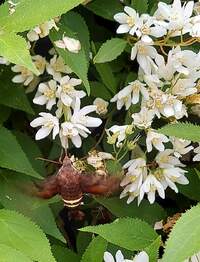 | Recorded by: Mark Basinger on 2021-04-25
Wilson Co.
Comment: |  | Recorded by: Darryl Willis on 2020-08-12
Cabarrus Co.
Comment: |
 | Recorded by: Simpson Eason on 2020-08-11
Durham Co.
Comment: | 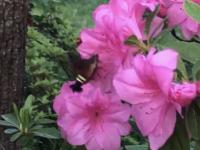 | Recorded by: Jason and Amy Epley on 2020-04-04
Rowan Co.
Comment: |
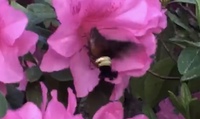 | Recorded by: Amy Epley on 2020-04-04
Rowan Co.
Comment: |  | Recorded by: Barbara McRae on 2020-04-02
Macon Co.
Comment: |
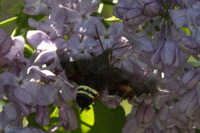 | Recorded by: Barbara McRae on 2020-04-02
Macon Co.
Comment: |  | Recorded by: Morgan Freese on 2019-09-03
New Hanover Co.
Comment: |
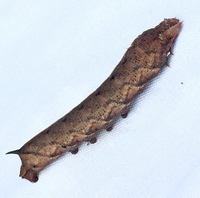 | Recorded by: Ken Kneidel on 2019-08-03
Mecklenburg Co.
Comment: | 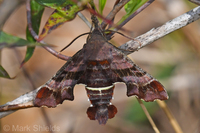 | Recorded by: Mark Shields, Hunter Phillips on 2019-03-31
Onslow Co.
Comment: |
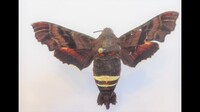 | Recorded by: Darryl Willis on 2018-04-10
Cabarrus Co.
Comment: |  | Recorded by: J. Jakubowski on 2017-07-04
Halifax Co.
Comment: |
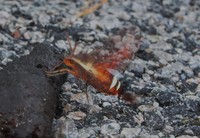 | Recorded by: Jeff Beane on 2017-07-02
Moore Co.
Comment: | 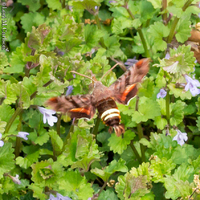 | Recorded by: Lior Carlson on 2016-04-07
Orange Co.
Comment: |
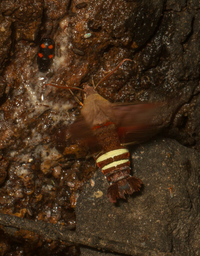 | Recorded by: Stephen Hall on 2015-07-19
Orange Co.
Comment: Seen feeding at dusk at a sap flow along with Sphecodina abbottii, Darapsa sp., and Catocala ilia | 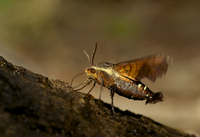 | Recorded by: Jim Petranka and Becky Elkin on 2014-06-25
Madison Co.
Comment: |
 | Recorded by: Owen and Pat McConnell on 2013-08-06
Orange Co.
Comment: |  | Recorded by: j.wyche on 2013-04-25
Gates Co.
Comment: |
|